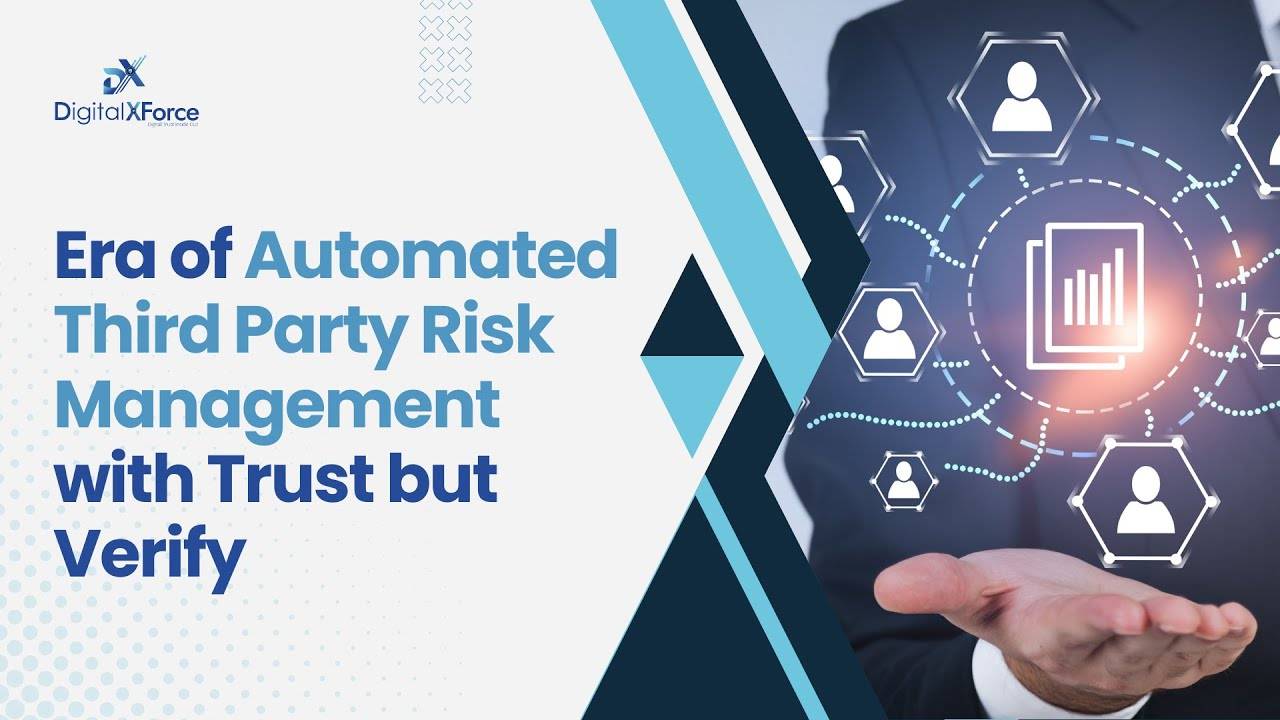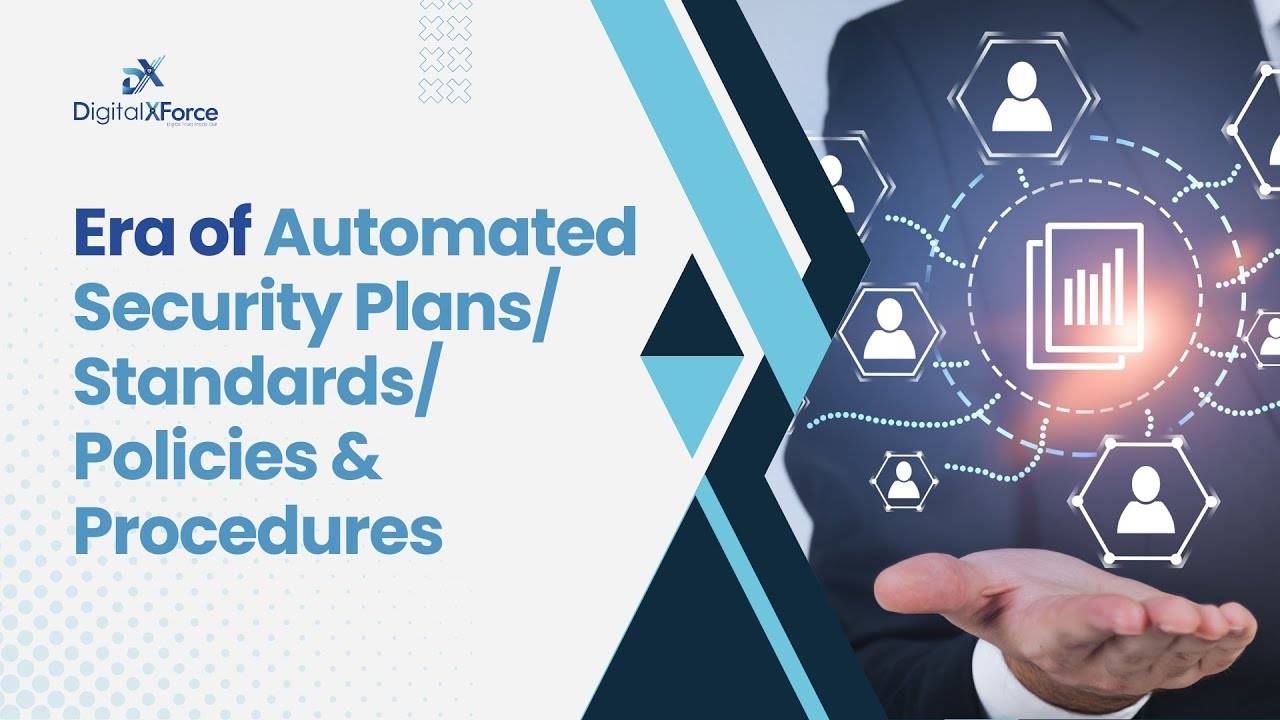Prepare in advance for data breaches with continuous attack surface management!
Cybercriminals deploy ransomware to infiltrate attack surfaces. Ransomware attacks are devastating for businesses and may lead to lost productivity, data breaches, and even bankruptcy. As a countermeasure, however, organizations adopt an agile and continuous attack surface management (ASM) framework to manage their security posture.
In this article, we will discuss attack surface management – what it is, how it works, and why it matters as a cybersecurity framework.
What is Attack Surface Management?
Good question. Let me explain with an analogy. Imagine that you’re the owner of a new Electronics Store at a neighborhood in downtown Miami. Now, say you’re just starting business in this new store. You probably haven’t had any ‘notorious experiences’ with street thugs before, but might have heard some not-so-good rumors.
At first, these rumors sound like some weird jokes. Then one day you get to the store as usual only to find the door ajar – with all your stock gone! What will you do in such a scenario? Let me guess. You’ll probably report the event to the police and hire a store security guard the next day. Exactly my point!
In cybersecurity, your go-to ‘security guard’ for monitoring all IT infrastructure is attack surface management (ASM). ASM helps organizations reduce the risks posed by vulnerabilities in systems and networks (also known as ‘digital attack surface’). As a robust security defense system, ASM framework is used to continuously identify, monitor, and manage digital assets against potential cyberattacks.
For the best results, organizations have to adopt an attacker’s perspective when conducting ASM. This approach allows businesses to understand the behavior and thought processes of an attacker. By replicating these behavioral patterns, organizations are able to identify targets and assess entry points available to an attacker.
ASM tools also deploy techniques used by cybercriminals. ASM tasks are handled by ‘ethical hackers’ who are knowledgeable about hacking tactics used by cybercriminals and are adept at imitating their behaviors.
That’s right. Let’s take a quick look at how ASM works.
How ASM Works
Four phases complete the ASM framework – discovery, analysis and prioritization, remediation, and monitoring of digital assets. ASM solutions focus on automation of processes for continuous monitoring of digital assets because of the dynamic nature of attack surfaces. This provides the security team with real-time data of the security posture of exposed digital assets and accelerates incident response in the case of a breach.
Discovery – the asset discovery phase involves regular and automatic tracking of an organization’s IT infrastructure, such as hardware, software, and cloud-based assets, which make up an organization’s attack surface. These attack ‘entry points’ include:
-Known assets such as routers, IoT devices, desktops/laptops, servers, cloud databases, etc.
-Unknown assets such as shadow IT such as digital assets used without the security team’s knowledge.
-Malicious assets such as a phishing website deployed by cybercriminals to ‘mimic’ an organization’s existing website.
-Third-party assets such as APIs, SaaS apps, public clouds, etc.
Other subsidiary assets owned by the organization without the knowledge of the security team, e.g. assets acquired following a merger or acquisition.
Analysis, Classification, and Prioritization – in this phase, identified assets undergo analysis and subsequent classification to prioritize assets which are most likely the first targets for attackers. In most cases, assets are classified according to ownership, identity, IP address, and connection to other digital assets.
After analysis and classification, the next step is to conduct a risk assessment procedure to prioritize vulnerabilities for the purpose of the next phase – remediation.
During the process of prioritization, each classified vulnerability receives a security rating or score to distinguish one vulnerability from the other. Prioritization procedures such as the popularly known red teaming activity is a common penetration test conducted by ethical hackers to identify all assets a hacker might exploit.
Remediation – this is the phase where all prioritized vulnerabilities are resolved. Remediation is the process of fixing security vulnerabilities. This can be done by patching operating systems, debugging application code, encrypting data, setting new security standards, and eliminating rogue assets from third-party vendors.
Continuous Monitoring – here, all digital assets are constantly scanned in real-time to reduce potential risks posed by vulnerabilities. Continuous monitoring allows security teams to stay alert for new vulnerabilities deployed by attackers to exploit digital assets. The strategy is simple – identify and respond. Real-time monitoring accelerates incidence response in the case of a breach.
Why ASM Matters?
Attack surface management is very important for several reasons. Here are the top 3 reasons why attack surface management matters as part of a robust cybersecurity program:
1. Reveal Blindspots in IT Infrastructure
Blind spots in an organization’s IT infrastructure make it extra difficult to figure out digital assets with the most exposure to vulnerabilities. As a result, organizations are unable to prioritize vulnerabilities and prepare in advance. Attack surface management helps organizations identify vulnerabilities by revealing blindspots in the attack surface.
From hardware and software, to cloud-based, and on-site digital assets — these serve as good entry points for impending cyberattacks. When blindspots are revealed through attack surface management, it is easy to reduce attacks by reducing identified blindspots.
2. Secure Confidential Data
Attack surface management provides a safety net for confidential data through continuous monitoring, identification, and remediation of potential threats to an organization’s IT architecture. By understanding and identifying the storage and transmission of risks in an attack surface, organizations are able to effectively reduce security risks and improve their cyber insurance strategies.
One such instance is using a company-owned device (laptop or phone) without proper security measures in place, such as two-factor authentication. Cybercriminals can easily override such devices and gain easy access to sensitive customer data.
With authentication measures in place, however, organizations are able to mitigate security risks, ‘fortify’ the attack surfaces, and reduce outsider threats. While protecting confidential data is important, regulatory bodies such as the General Data Protection Regulation (GDPR) maintains standards for securing confidential data of businesses and organizations.
3. Build Digital Trust
Trust is the basic foundation for every successful business relationship. For digital transactions and interactions, the concept of digital trust is not just an obligation, it is a major priority. Organizations that handle sensitive and personal customer data are mandated to keep such confidential data safe – not just to keep business flowing, but also to build reputation and customer trust.
Customers prefer organizations with security measures in place that they can trust. When customers trust your business to secure their sensitive information, it is only right to return their gesture in good faith in order to build confidence and attract repeat business.
As part of a robust security framework, attack surface management improves digital trust by helping organizations and businesses protect confidential data from potential threats.
4. Assess and Prioritize Potential Risks
As discussed earlier, continuous monitoring of digital assets allows organizations to identify, assess, classify, and prioritize vulnerabilities before remediation. Attack surface management provides the framework for doing just that, with extra care taken to reduce risk impact in the case of a breach.
Prioritizing potential risks is a very beneficial strategy implemented by security teams to identify which threats require the most concentration and/or resources. With this approach, organizations are able to focus resources on high-priority risks with a greater risk impact.
5. Minimize Human Error Factor
According to a report by Verizon Business, the human error factor plays a significant role in 16,312 data breaches analyzed during the study – with one out of four such cases attributed to human error. While this is alarming, it shows evidently that organizations should consider automation as an alternative to manpower for monitoring their security posture.
Attack surface management processes utilize automation tools to reduce the human error factor and improve accuracy of results. If you’re looking to reduce security risks and secure your organization’s digital assets, we recommend you deploy an ASM tool with automation features to scan vulnerabilities in real-time for guaranteed results. One such software solution is DigitalXForce, powered by our own AI JedAi.
6. Maintain Regulatory Standards
Industry-specific regulations provide a standard cybersecurity framework to help businesses meet regulatory requirements. For instance, the Health Insurance, Portability, and Accountability Act (HIPAA) ensures that businesses in the healthcare and medical industries comply with privacy regulations while handling patients’ data.
The financial sector is regulated by bodies such as the Payment Card Industry Data Service Standard (PCI DSS), Gramm-Leach-Bliley Act (GLBA), and Federal Information Security Modernization Act (FISMA) to ensure safety of customers’ financial data. Other regulatory frameworks such as the National Institute of Standards and Technology (NIST), Federal Risk and Authorization Management Program (FedRAMP) focus on regulating confidential data to protect national security.
The role of ASM in this case is simple: ensure that existing systems and networks comply with regulatory requirements. Organizations that deploy attack surface management tools are able to meet standard regulatory requirements by monitoring compliance of systems and networks with applicable regulations on a continuous basis.
Conclusion
As the rate of cybercrime continues to increase, the importance of attack surface management in cybersecurity risk assessment and evaluation cannot be overemphasized. As part of a robust cybersecurity program, attack surface management helps businesses to reduce blind spots in an organization’s security posture, maintain standard regulations, build digital trust, minimize human error, analyze and prioritize vulnerabilities, and secure confidential data. Therefore, businesses must utilize automated ASM tools such as DigitalXForce to identify vulnerabilities, reduce data breaches, and constantly monitor their digital assets to win the war against cybercrime in an ever changing digital era.
Trending Articles:
Need to Redefine Cybersecurity – Adding “T – Trust” as a New Tenet to “CIA – Confidentiality, Integrity, and Availability”
Why Digital Trust Has Become The Most Critical Technology Concern
Cybersecurity Without Automation And Intelligence In Today’s Digital World Is Like “Bringing A Knife To A Gunfight”



